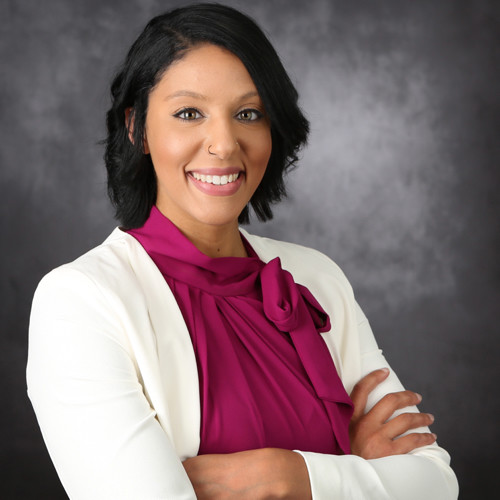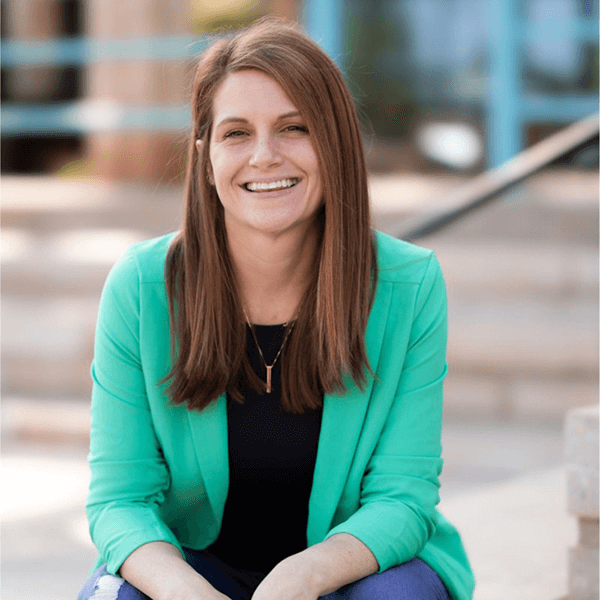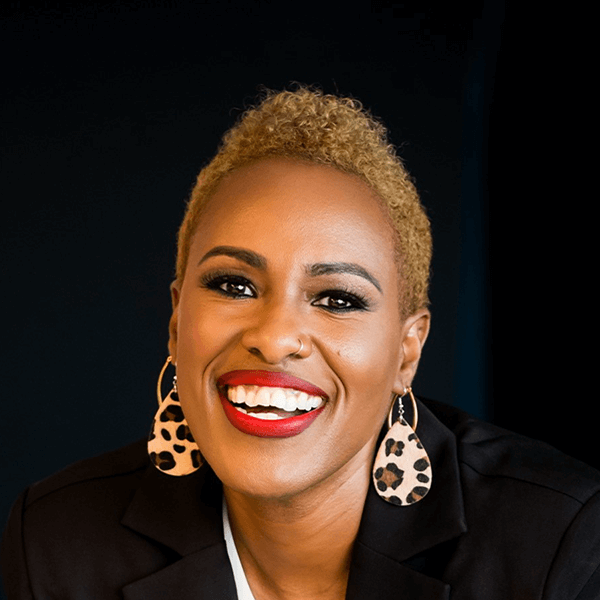Power up your presentation skills with these quick tips. We recommend prioritizing practice reps focused on each one of these tactics so that they begin to become second nature.













At Ty Boyd, Inc., we believe webinars are an effective way to introduce paradigm-shifting concepts to professionals who are actively working to improve their communication and public speaking skills.
These webinars are not intended to replace our intensive, multi-day training courses or our one-on-one personalized coaching services. Rather, these webinars are intended to provide encouragement and bite-sized learning opportunities that fill the gaps between courses and coaching.
So, dive in and keep learning! And be sure to join our email list to receive announcements when new webinars become available.
Don't waste any more time failing to communicate effectively. Invest 30 minutes in this training and walk away confident, eager to make your next presentation, and ready to see your income increase as a direct result.
Key Takeaways:
In this recorded training webinar, we shared a few secrets to becoming an engaging, memorable presenter, so that you can rise above your “boring” competition.
Key Takeaways:
The successful results you can expect:

I really enjoyed my time in this workshop. I learned things about myself that I don't think I ever would have realized had I not been in this class with mostly strangers.

This course was one of the hardest, most stressful, effective and fun professional development courses I've had the privilege of taking (and I've taken a lot!).

This class is an incredible, transformative experience... [It] helped me more in 2.5 days than anything else I've tried thought my professional career.

I was unsure about whether or not I would improve in a small time period, but it was one of the best seminars I've attended.

The amount of growth I was able to experience will immediately translate into my professional endeavors.